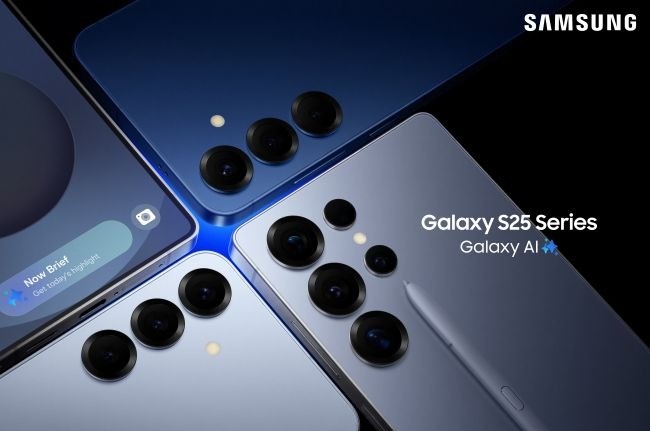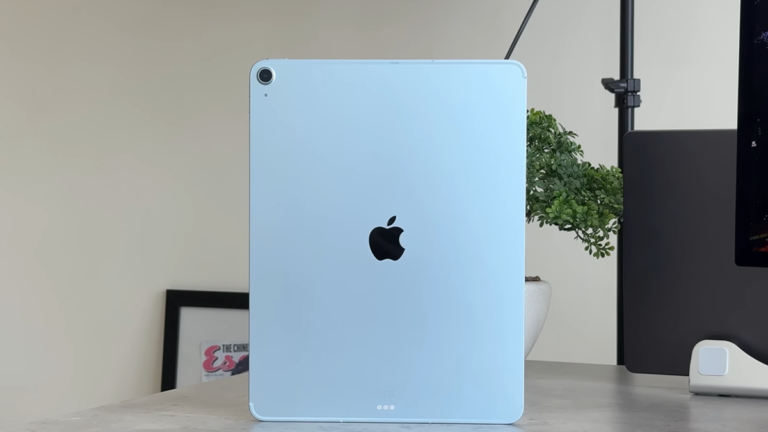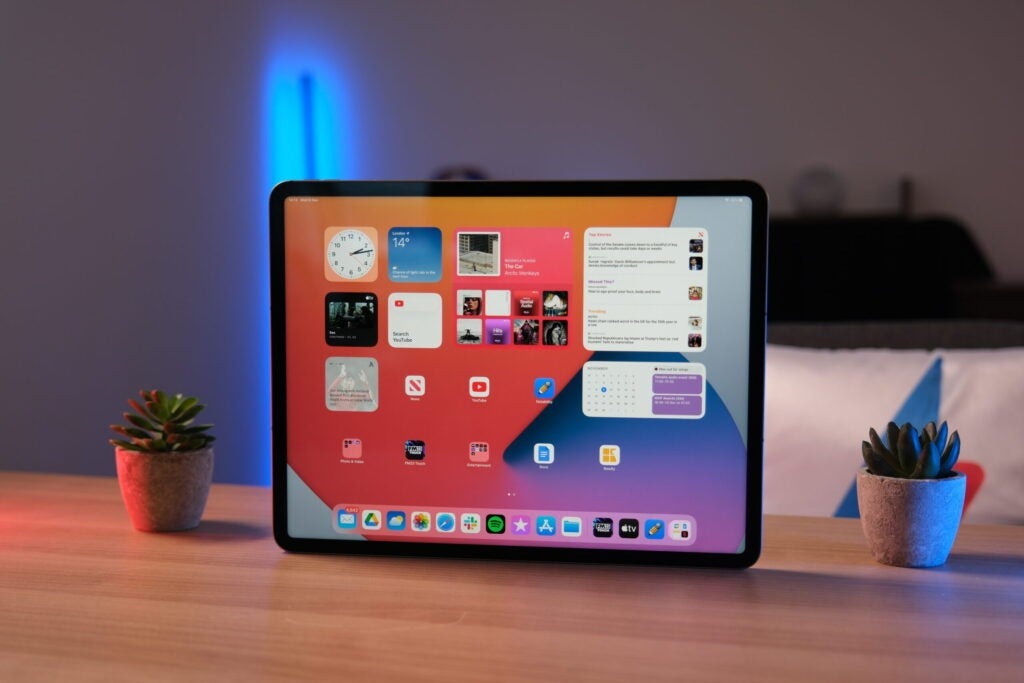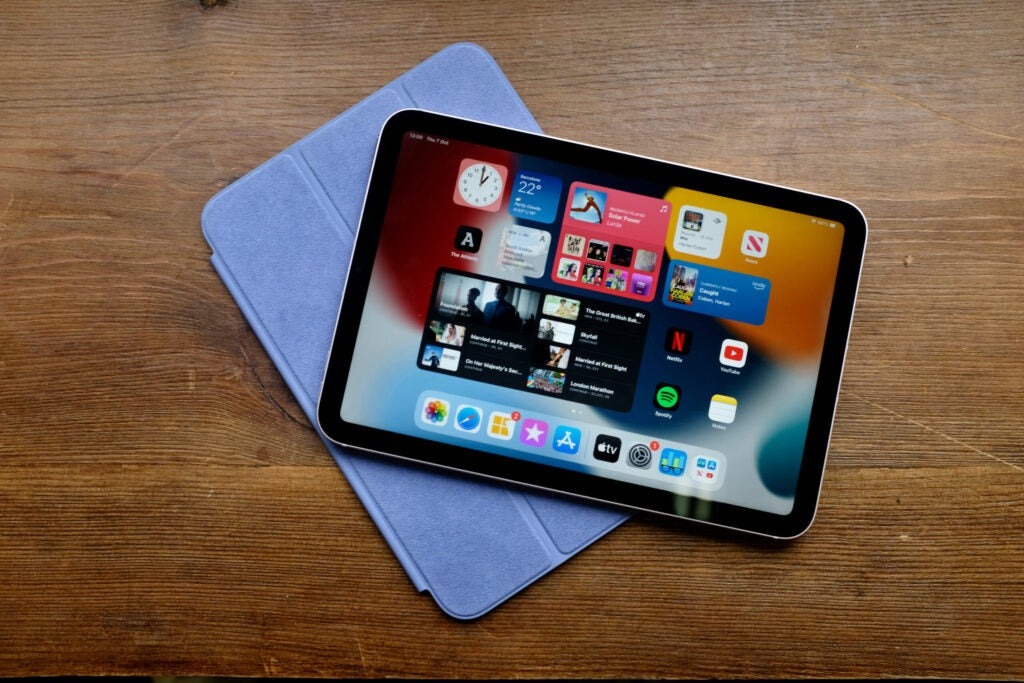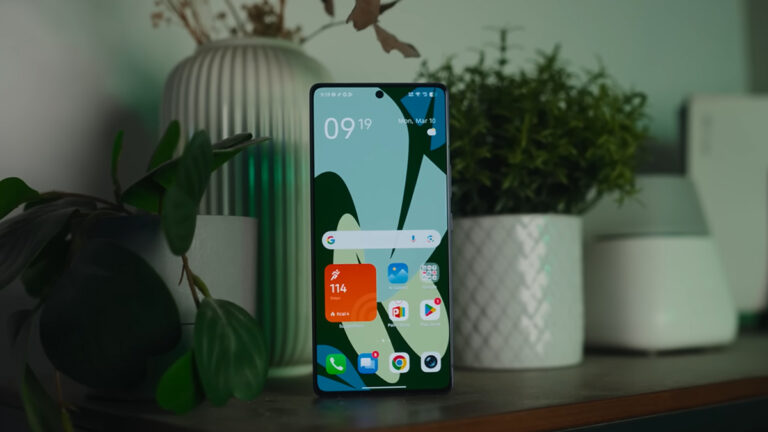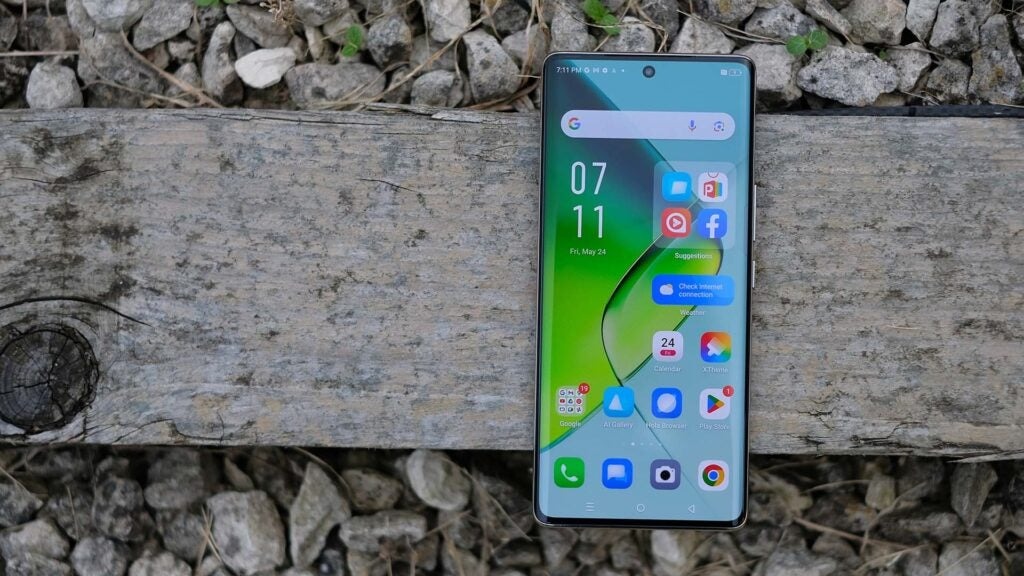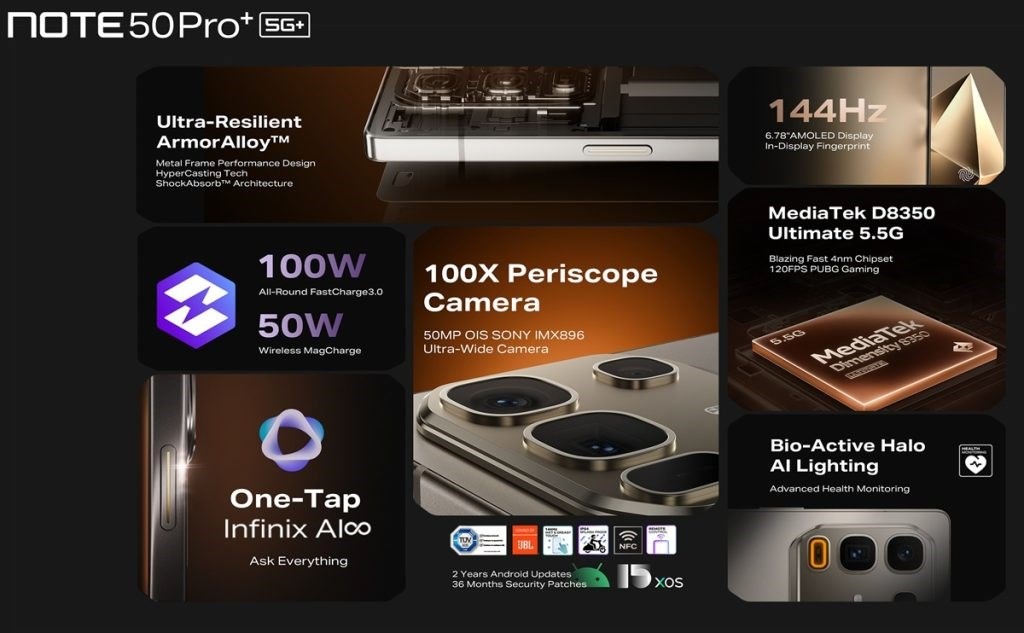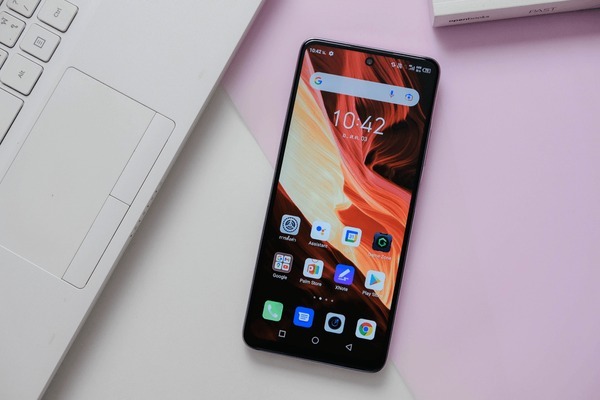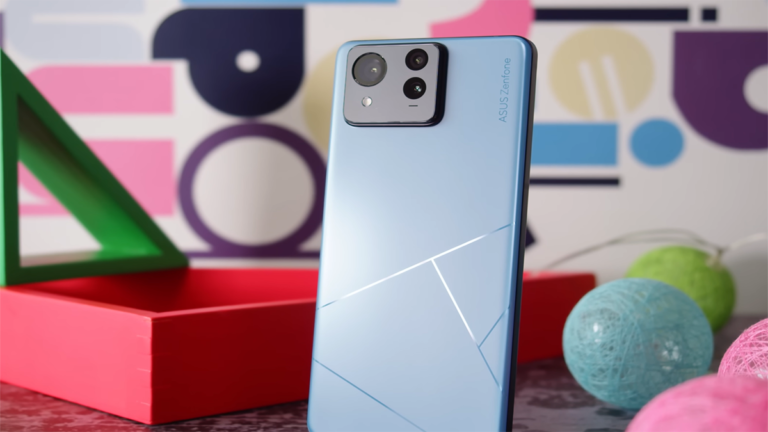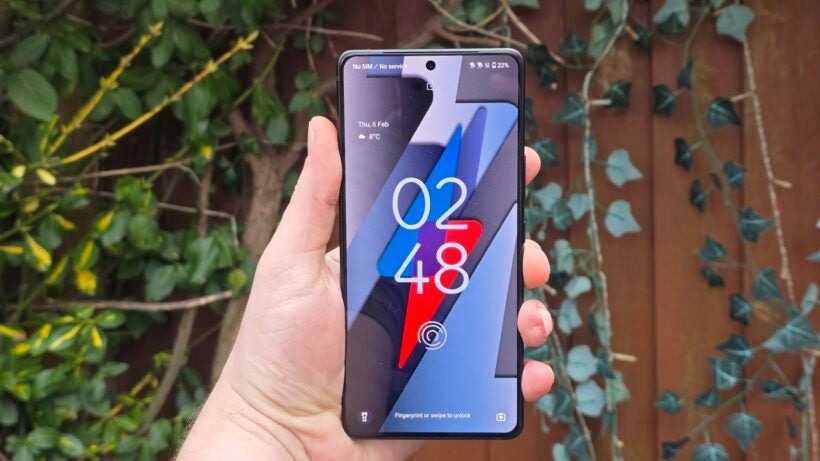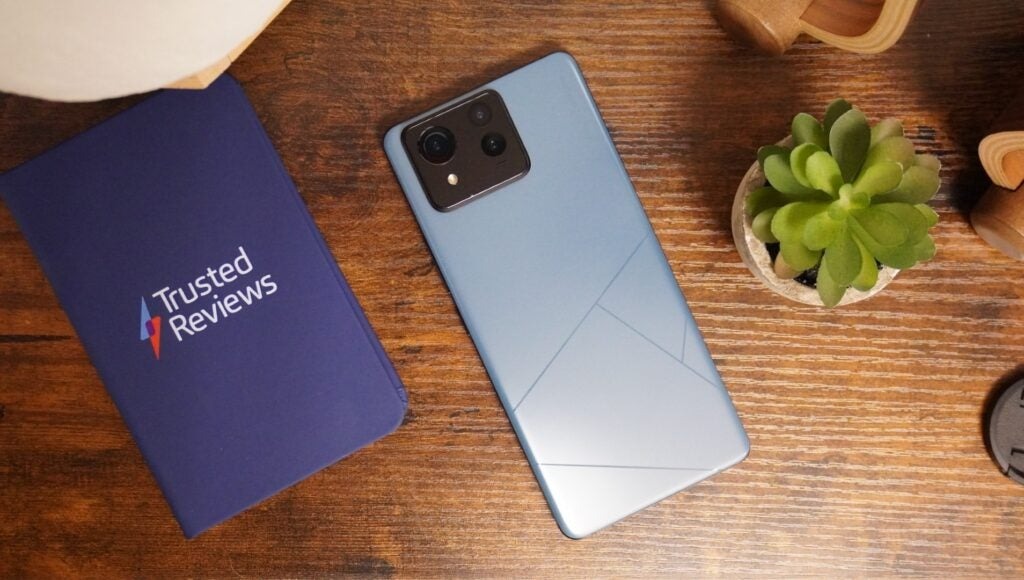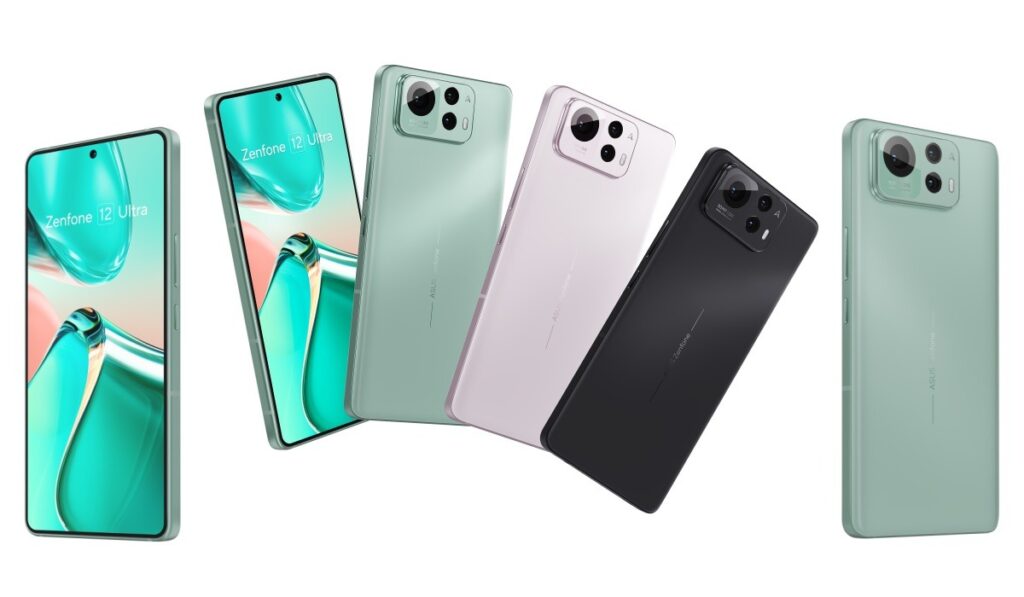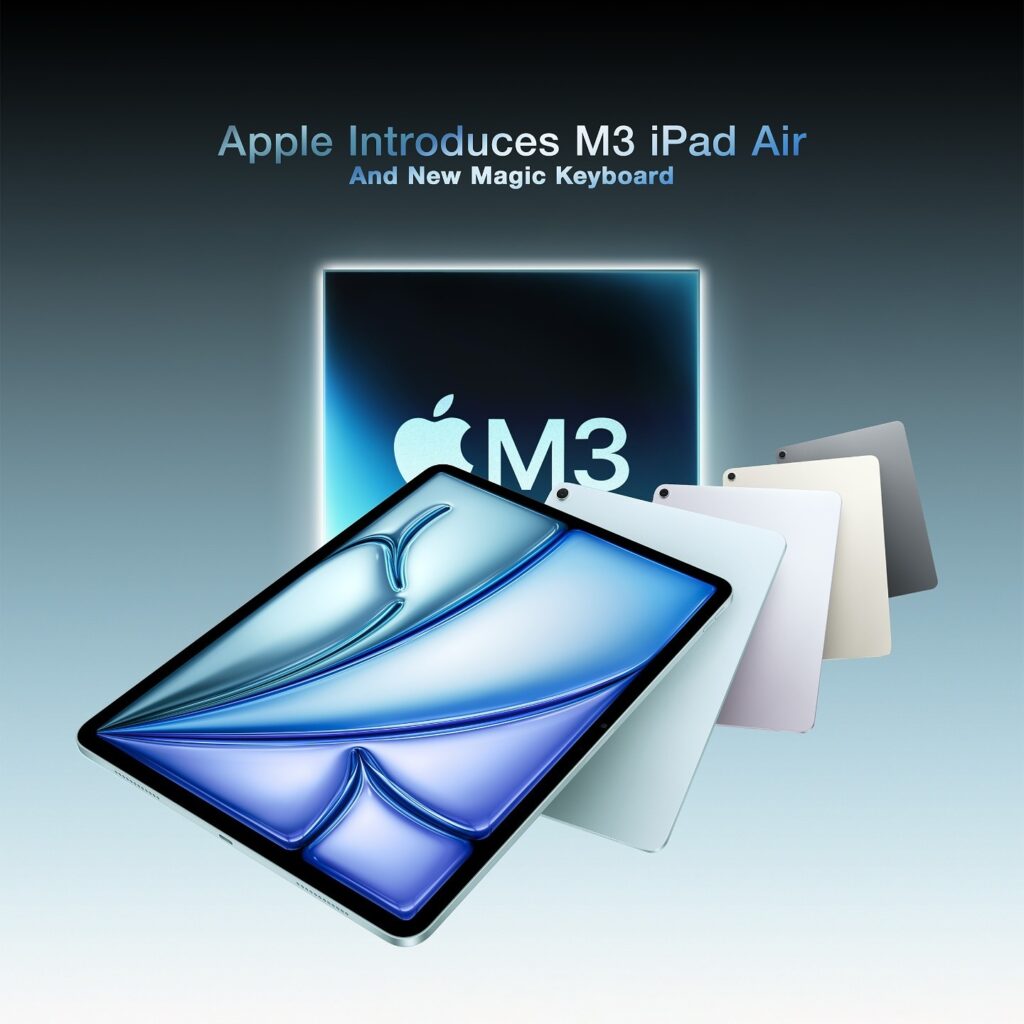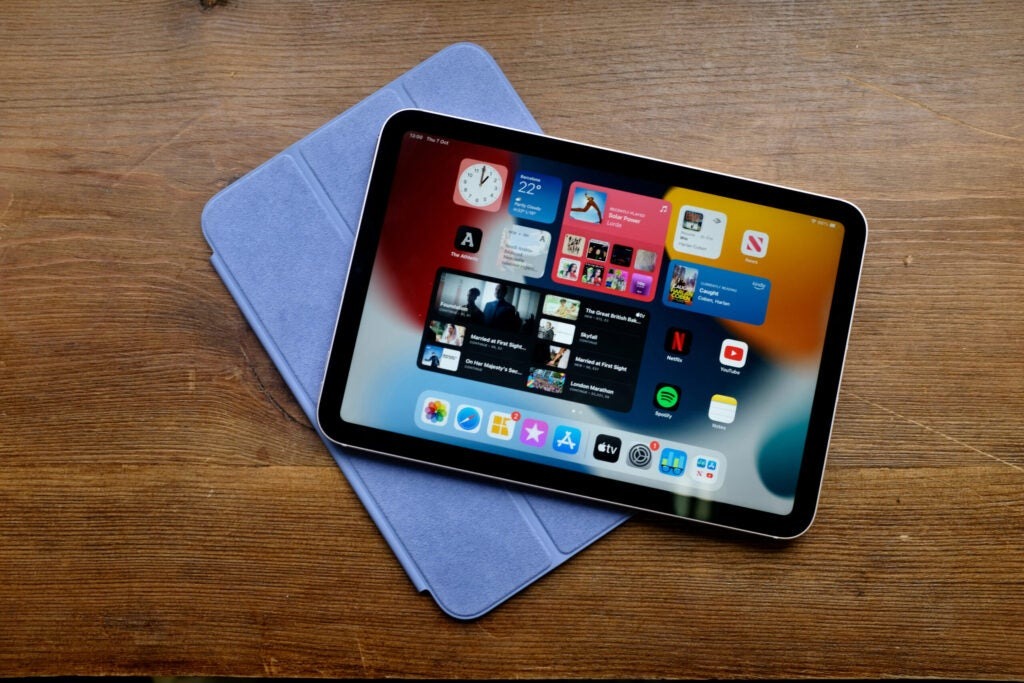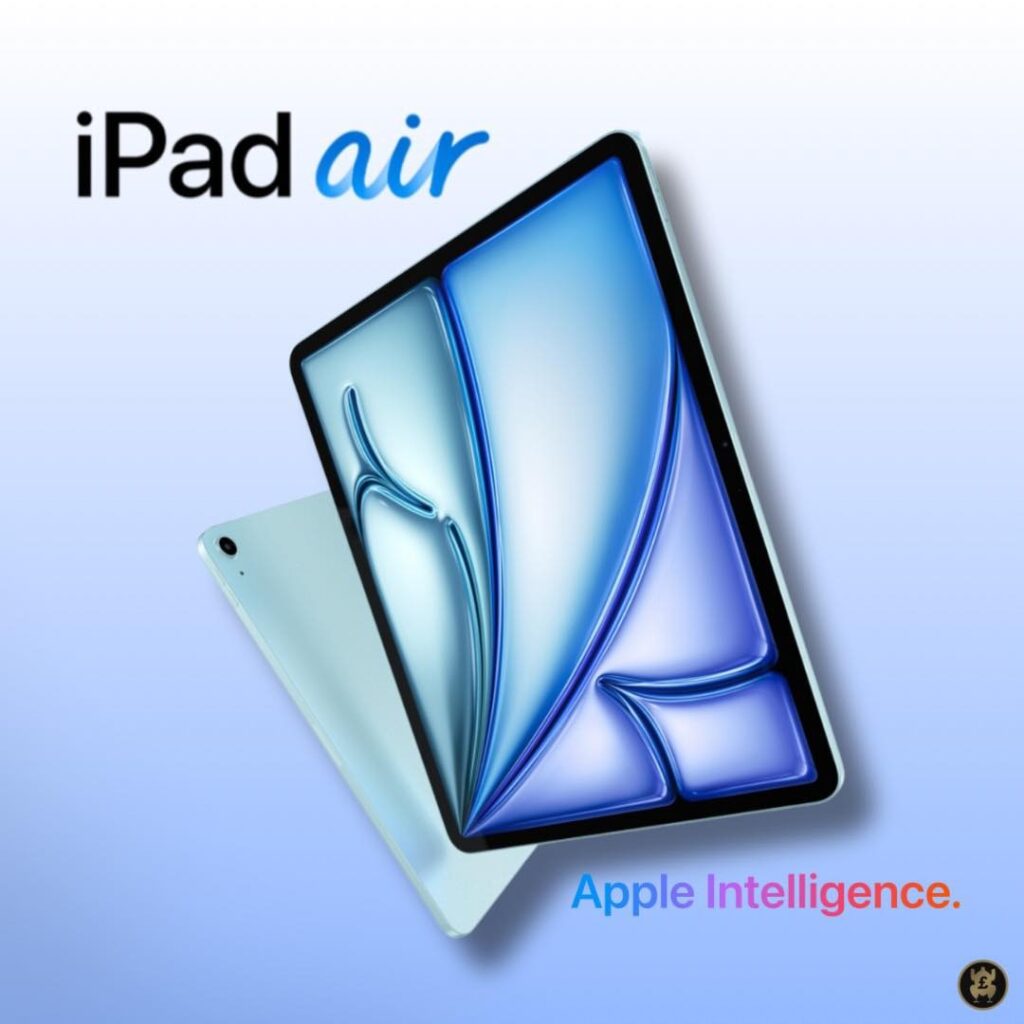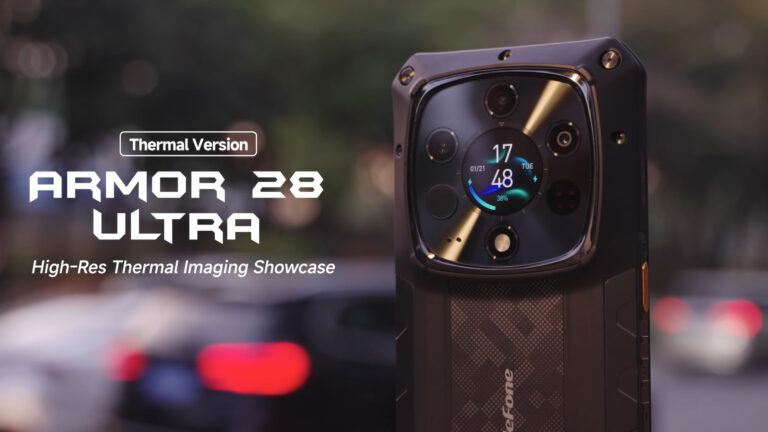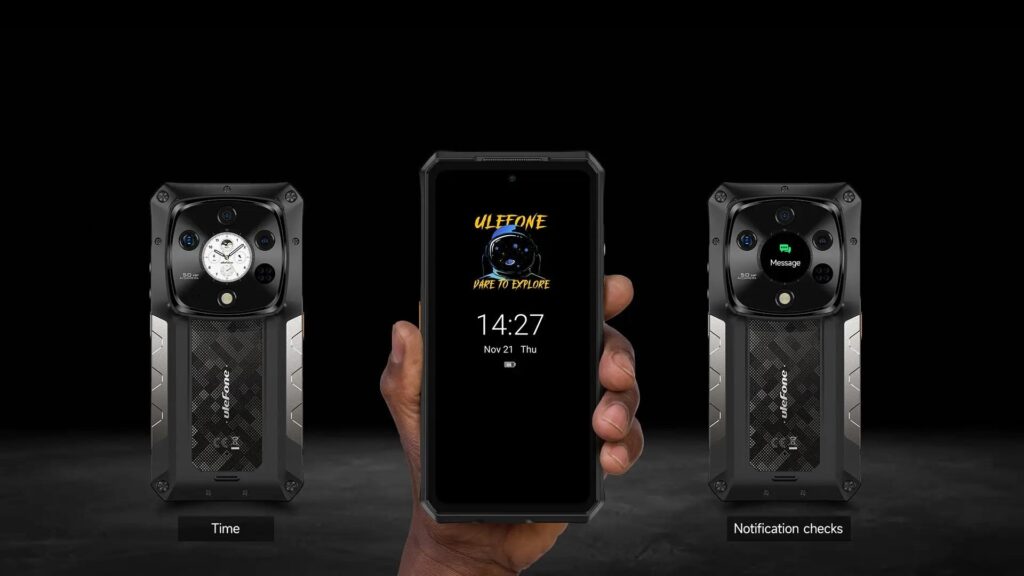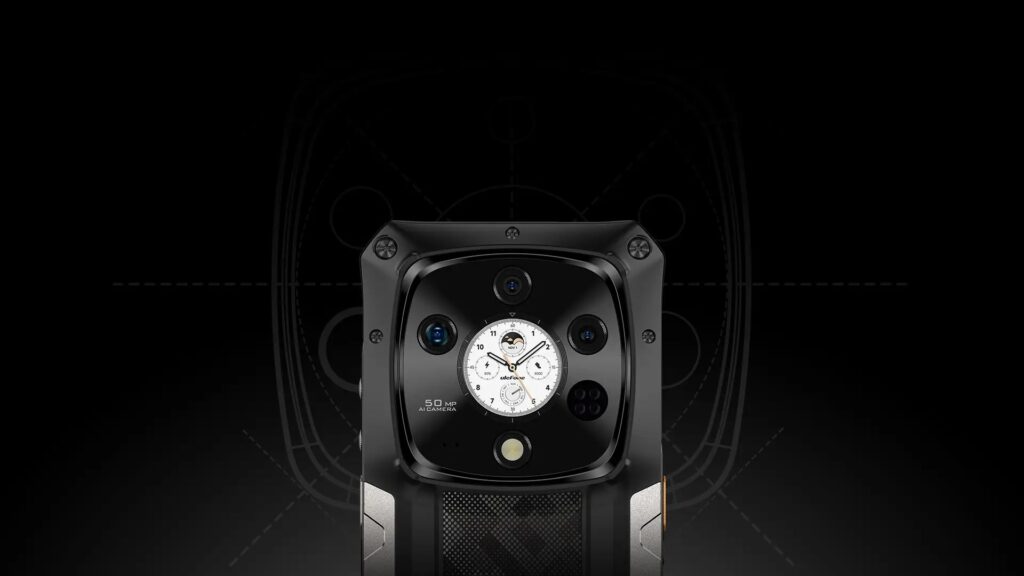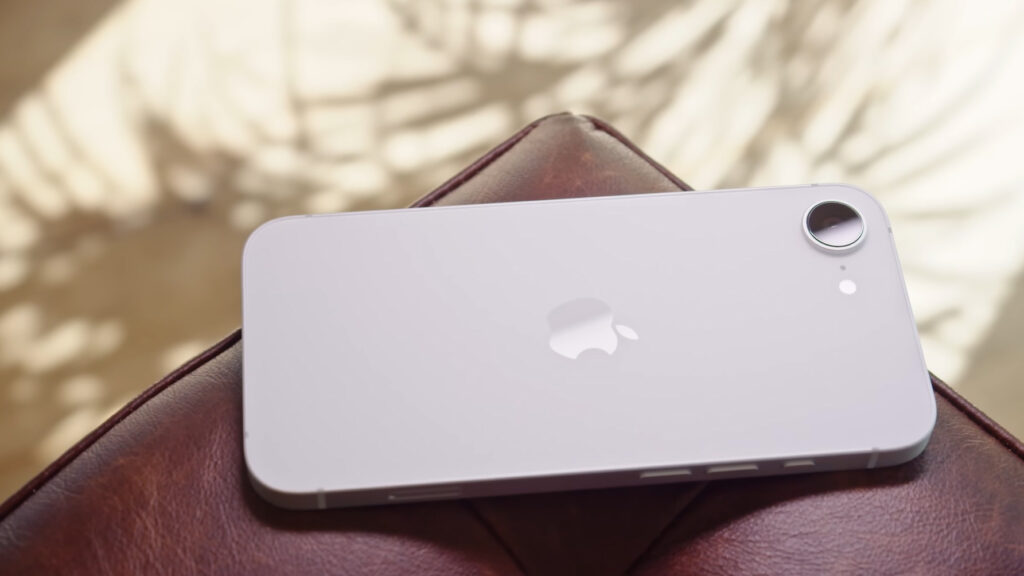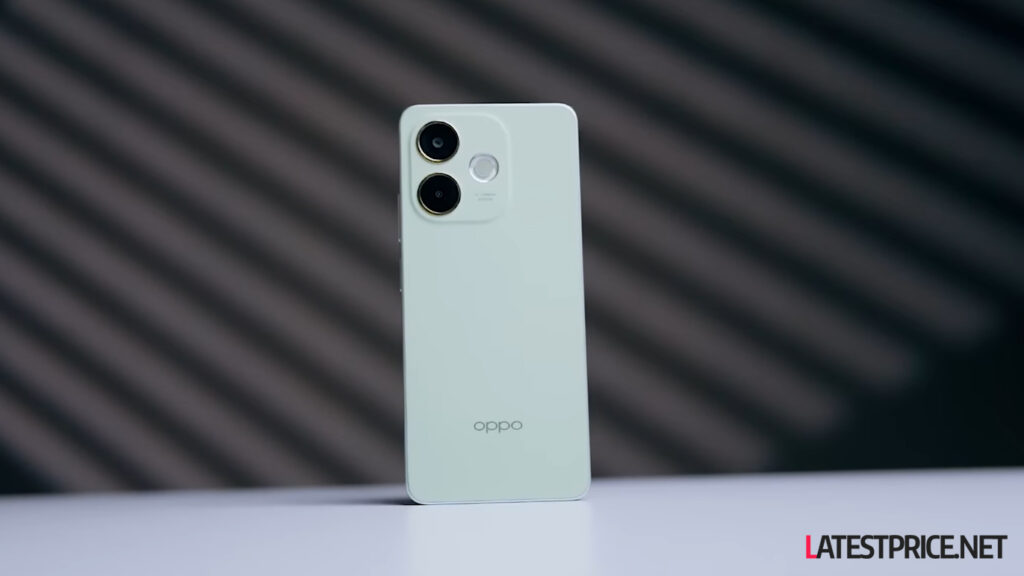Samsung is now making its phones more flagship and premium than ever before. One of the best examples of this is the new Samsung S25 Ultra. It brings top features, powerful performance, and a stylish design that stands out. If you want the best from Samsung, the Galaxy S25 Ultra is the phone to watch.
Table of Contents
Samsung S25 Ultra Overview
Samsung has always been known for its cutting-edge technology and premium design, and with the Samsung S25 Ultra, the brand takes it a step further. Focusing on providing top-tier performance, a premium experience, and innovative features, Samsung has crafted a device that truly stands out in the smartphone market. Whether you’re a tech enthusiast, a gamer, or a professional, the Galaxy S25 Ultra offers something special for everyone.
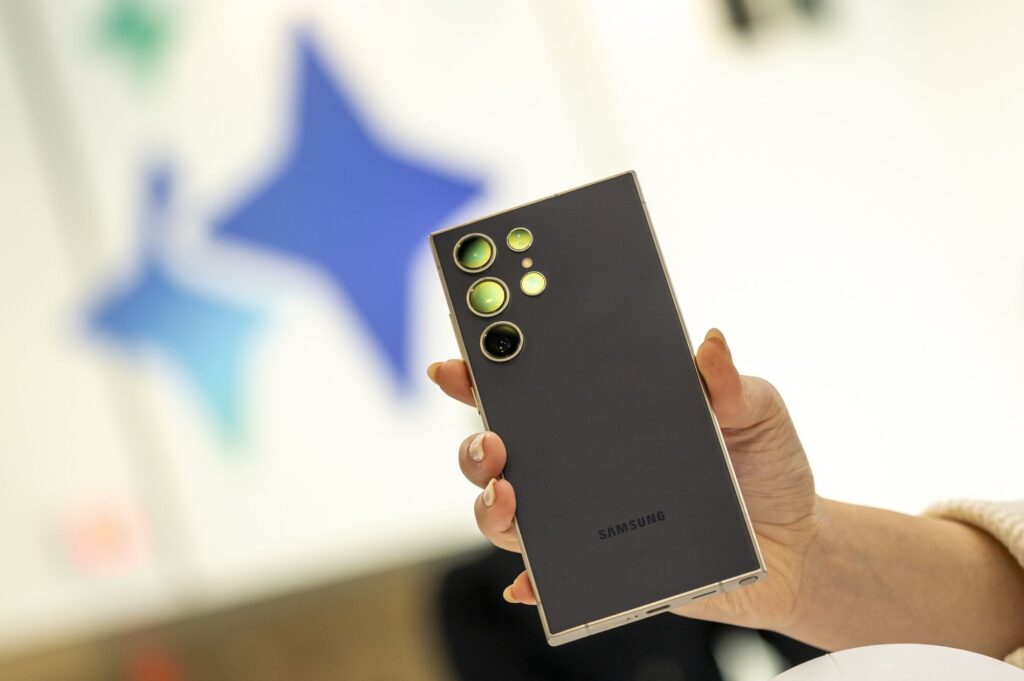
The Samsung S25 Ultra is more than just a phone; it’s a statement of what the future of smartphones can be. With next-gen power, an enhanced camera system, and an AMOLED display, it offers a complete package that promises to elevate your mobile experience. This flagship device brings everything Samsung has perfected over the years — powerful performance, superior design, and a user experience that feels like it’s built for the future.
Samsung S25 Ultra General Specifications
| Specification | Details |
|---|---|
| Model | Samsung S25 Ultra |
| Display | 6.9-inch Dynamic AMOLED 2X |
| Resolution | 3200 x 1440 pixels (Quad HD+) |
| Processor | Qualcomm Snapdragon 8 Gen 3 |
| Operating System | Android 15 with One UI 6.0 |
| Battery | 5,000 mAh with 45W Fast Charging |
| Colors | Phantom Black, Phantom White, Green, Blue |
| Dimensions | 164.8 x 77.2 x 8.9 mm |
| Weight | 228 g |
Camera System
The camera system of the Samsung S25 Ultra is nothing short of impressive. It comes with a 200MP main camera, delivering incredible detail and sharpness for all your photos. Whether you’re taking portraits, landscapes, or close-ups, the images come out crisp and clear. The 12MP ultra-wide camera ensures you capture more in every shot, while the 10MP telephoto lens offers up to 10x optical zoom for incredible close-up shots. For selfie lovers, the 40MP front camera ensures stunning, high-quality selfies every time. Additionally, the camera system includes AI-enhanced features like night mode and scene optimization, so your photos always look great, even in low light.
Samsung S25 Ultra Camera Specifications
| Camera Type | Specification |
|---|---|
| Main Camera | 200 MP (Wide) + 12 MP (Ultra-Wide) + 10 MP (Telephoto) |
| Selfie Camera | 40 MP |
| Zoom | 10x Optical Zoom, 100x Digital Zoom |
| Video Recording | 8K Video at 30fps, 4K at 60fps |
| Camera Features | Super Steady, Night Mode, HDR, AI-enhanced Photography |
Powerful Performance
Under the hood, the Samsung S25 Ultra packs powerful performance thanks to its latest Qualcomm Snapdragon 8 Gen 3 processor (or Exynos depending on the region). This chipset ensures fast performance, making everything from gaming to multitasking run smoothly. Whether you’re switching between apps, streaming HD content, or working on heavy tasks, the S25 Ultra won’t slow you down. With up to 16GB of RAM, you can keep multiple apps open and experience smooth performance without any lag. This phone is designed for effortless multitasking and can handle even the most demanding apps with ease.
Samsung S25 Ultra Performance & Memory
| Specification | Details |
|---|---|
| Processor | Qualcomm Snapdragon 8 Gen 3 |
| RAM | 12GB / 16GB |
| Internal Storage | 256GB / 512GB / 1TB |
| Expandable Storage | No (No microSD slot) |
| GPU | Adreno 740 |
Stunning Display and Design
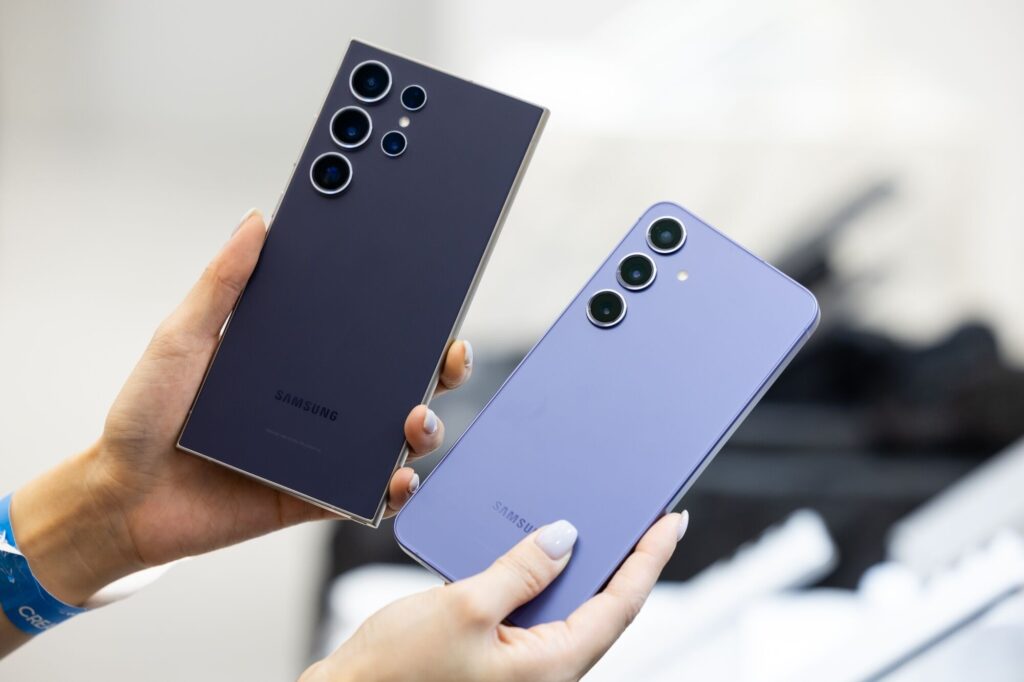
The Samsung S25 Ultra comes with a truly breathtaking display. Featuring a 6.9-inch Dynamic AMOLED 2X screen, it offers vivid colors and deep contrasts that will captivate your eyes. With a resolution of 3200 x 1440 pixels (Quad HD+), the display is incredibly sharp, making it perfect for watching videos, gaming, or browsing the web. The 120Hz refresh rate ensures smooth scrolling, making every interaction feel seamless. Whether you’re inside or outdoors, the display shines bright with a peak brightness of 1750 nits, making it easy to see in direct sunlight. The sleek design complements this stunning display, with a thin profile and curved edges, giving it a modern, premium look.
Samsung S25 Ultra Display Specifications
| Specification | Details |
|---|---|
| Display Size | 6.9 inches |
| Display Type | Dynamic AMOLED 2X |
| Resolution | 3200 x 1440 (Quad HD+) |
| Refresh Rate | 120Hz |
| Brightness | 1750 nits (peak) |
| HDR Support | HDR10+ |
Battery Life and Charging
When it comes to battery life, the Samsung S25 Ultra doesn’t disappoint. With a 5,000mAh battery, you can easily get through a full day of heavy usage without needing to recharge. The 45W fast charging ensures that the device powers up quickly, with a 50% charge in just 30 minutes. If you prefer wireless charging, the 15W wireless charging feature is also supported. For those looking for convenience, the phone also supports reverse wireless charging, allowing you to charge other devices like earbuds or a smartwatch. This combination of fast charging and long-lasting battery makes the S25 Ultra an excellent choice for those who need power on the go.
Samsung S25 Ultra Battery and Charging
| Specification | Details |
|---|---|
| Battery Capacity | 5,000 mAh |
| Charging | 45W Fast Charging, Wireless Charging 15W |
| Charging Time | 0% to 50% in 30 minutes |
| Battery Life | Up to 24 hours (depending on usage) |
What’s New in the Galaxy S25 Ultra?
Major Upgrades Compared to S24 Ultra
The Samsung S25 Ultra comes with several significant upgrades over its predecessor, the S24 Ultra, making it an even more compelling choice for users looking for the latest technology. One of the biggest upgrades is the camera system, which now features a 200MP primary sensor, delivering unmatched detail and clarity. Compared to the S24 Ultra’s 108MP sensor, the S25 Ultra takes photography to the next level with enhanced low-light performance and more vibrant colors. The Snapdragon 8 Gen 3 processor offers faster processing speeds, making multitasking and gaming smoother than ever. Battery life has also been improved, with the 5000mAh battery providing longer usage time, even with more power-hungry features.
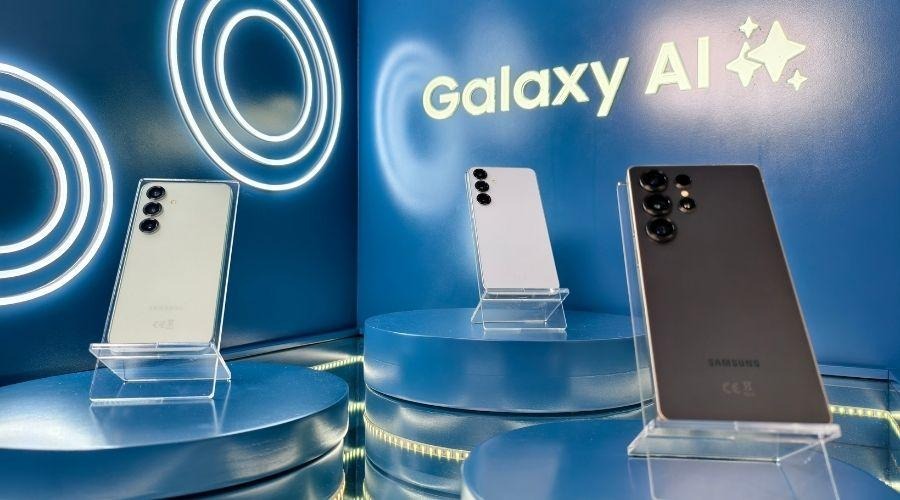
Another major change is in the display technology. The S25 Ultra has a 120Hz refresh rate with greater brightness, improving outdoor visibility compared to its predecessor. Whether you’re gaming or watching videos, the S25 Ultra’s display offers a more immersive and fluid experience. The overall design has been refined, making it sleeker and more ergonomic while maintaining that premium feel that the Galaxy series is known for.
New Features (AI, Satellite Connectivity, etc.)
The Samsung Galaxy S25 Ultra introduces several innovative features that set it apart from previous models. One of the most exciting additions is satellite connectivity, which allows users to stay connected even in areas without cellular service. Whether you’re hiking in remote areas or traveling to places with limited coverage, this feature ensures you can send texts and get updates when needed.
Additionally, AI enhancements are now integrated into more parts of the device, including camera features and battery management. The AI-driven camera optimization ensures that photos are always sharp, bright, and accurately color-balanced, while battery-saving AI learns your usage patterns to extend battery life even further. With these new features, the Galaxy S25 Ultra isn’t just a phone — it’s a step toward the future of mobile technology.
Key Specifications
- Display: 6.9-inch Dynamic LTPO AMOLED 2X, 1440 x 3120 pixels
- Processor: Qualcomm Snapdragon 8 Elite
- RAM: 12GB
- Storage Options: 256GB, 512GB, 1TB
- Rear Camera: 200MP + 50MP + 10MP + 50MP
- Front Camera: 12MP
- Battery: 5000mAh with 45W fast charging
- Operating System: Android 15 with One UI 7
Samsung Galaxy S25 Ultra Price Breakdown
| Configuration | Price (Approximate) |
|---|---|
| 128GB Storage / 12GB RAM | $1,399 USD |
| 256GB Storage / 12GB RAM | $1,499 USD |
| 512GB Storage / 12GB RAM | $1,649 USD |
| 1TB Storage / 16GB RAM | $1,899 USD |
Additional Costs (Accessories)
| Accessory | Price (Approximate) |
|---|---|
| Samsung Galaxy S25 Ultra Case | $39.99 USD |
| Samsung Galaxy S25 Ultra Screen Protector | $29.99 USD |
| Samsung Wireless Charger | $49.99 USD |
| Samsung Galaxy Buds Pro | $199.99 USD |
Trade-In Discounts
Samsung often provides trade-in discounts, where you can exchange your old phone for a significant price reduction. The discount varies depending on the model you are trading in.
| Old Phone Model | Trade-In Value (Approximate) |
|---|---|
| Galaxy S21 Ultra | $450 USD |
| iPhone 13 Pro | $500 USD |
| Galaxy S20 Ultra | $350 USD |
| iPhone 12 Pro | $400 USD |
Carrier-Specific Pricing
Some mobile carriers offer exclusive deals, where you can get the phone for a reduced upfront cost with a contract or installment plan.
| Carrier | Price (with contract) |
|---|---|
| Verizon | $34.00/month (for 36 months) |
| AT&T | $30.00/month (for 30 months) |
| T-Mobile | $33.00/month (for 24 months) |


